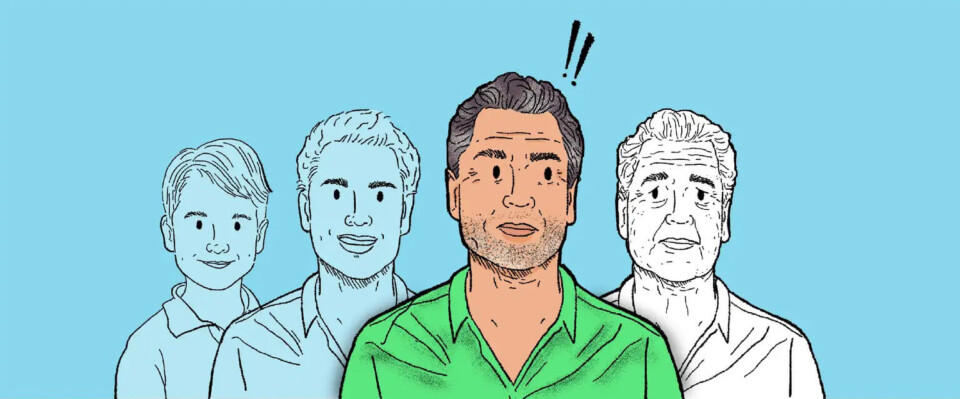Want to live healthier longer? Visual guide shows how longevity science looks to slow diseases of aging
Chronic diseases like cancer, heart disease and diabetes, first hit the average American in their 60s. Cancer is usually diagnosed at 66, the average age for a first heart attack in men is 65 (women catch up to men in risk for heart disease after menopause), and Type 2 diabetes often shows up at ages 45 to 64.
As diseases are diagnosed, doctors attack them. Often, they are not cured but managed and controlled. We now spend half our lifetime in declining health, and we battle chronic illness for one-fifth of it.
Many first experience a chronic illness through their parents. Aging Americans now live longer but do so with more diseases than the generations before them.
If one disease is managed, the patient can continue living until the next one pops up, after which this process is repeated. For that reason, some researchers believe that curing cancer might add only about 3 years of life because another disease will show up.
After age 65, most people have two or more chronic diseases. U.S. adults in their 60s and 70s take up to five different prescription medications at a time. And what helps one condition may worsen another.
At about 76, the U.S. life expectancy, the adult will probably die from one of these diseases.
“If somebody asks you for advice, ‘What could I do now to help my aging?’ The answer really is just diet and exercise − there are no therapies yet,” said Kristen Fortney, CEO of BioAge, a biotech company developing drugs to treat diseases related to aging. “I think part of the focus there today is just due to the fact that really, that is the best we can do, but I think that (medical) interventions will take us potentially quite far beyond that.”


